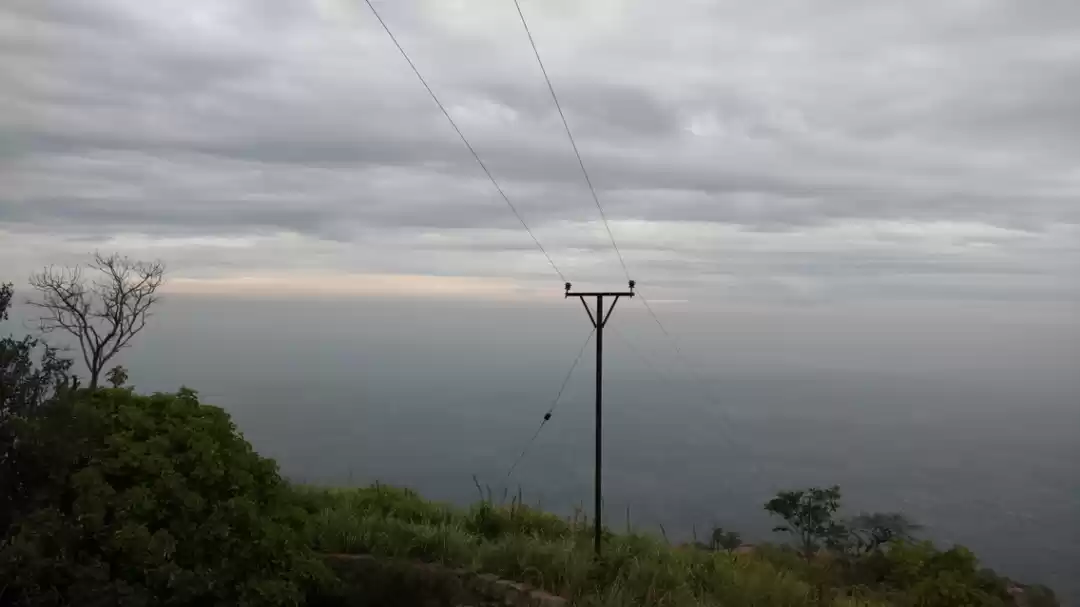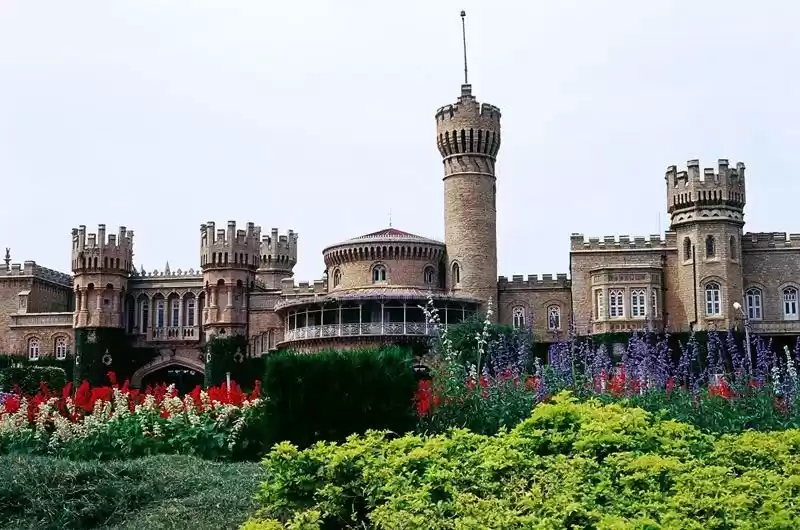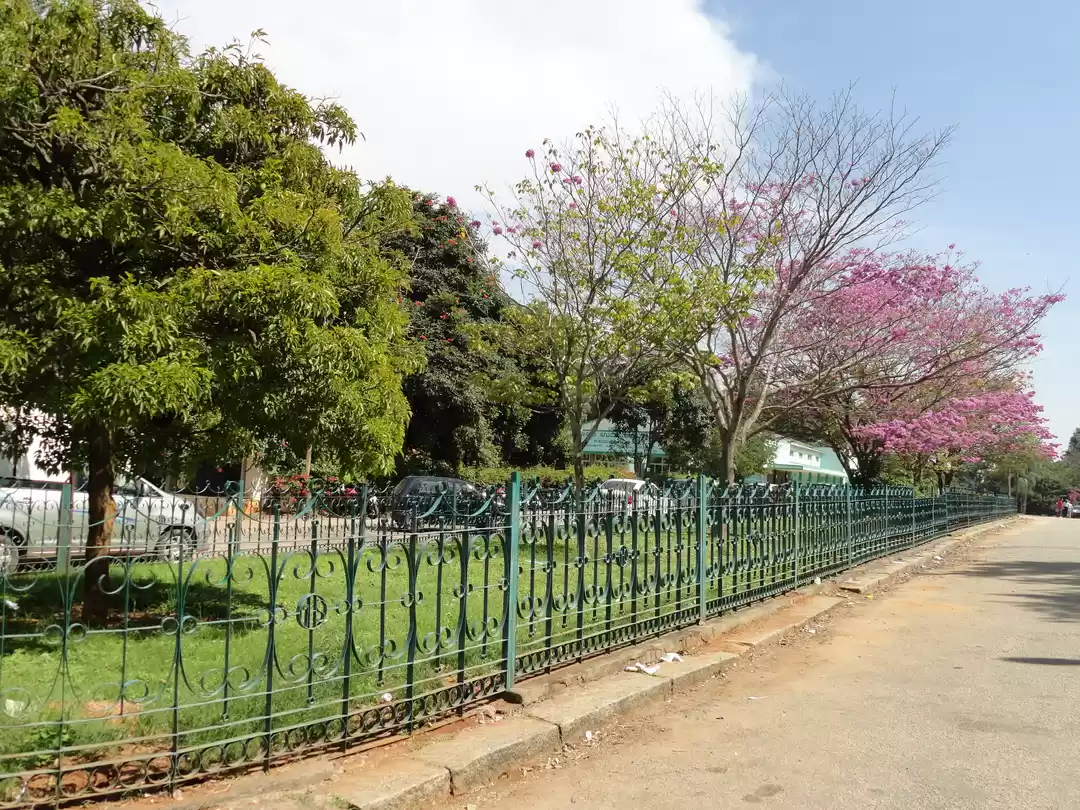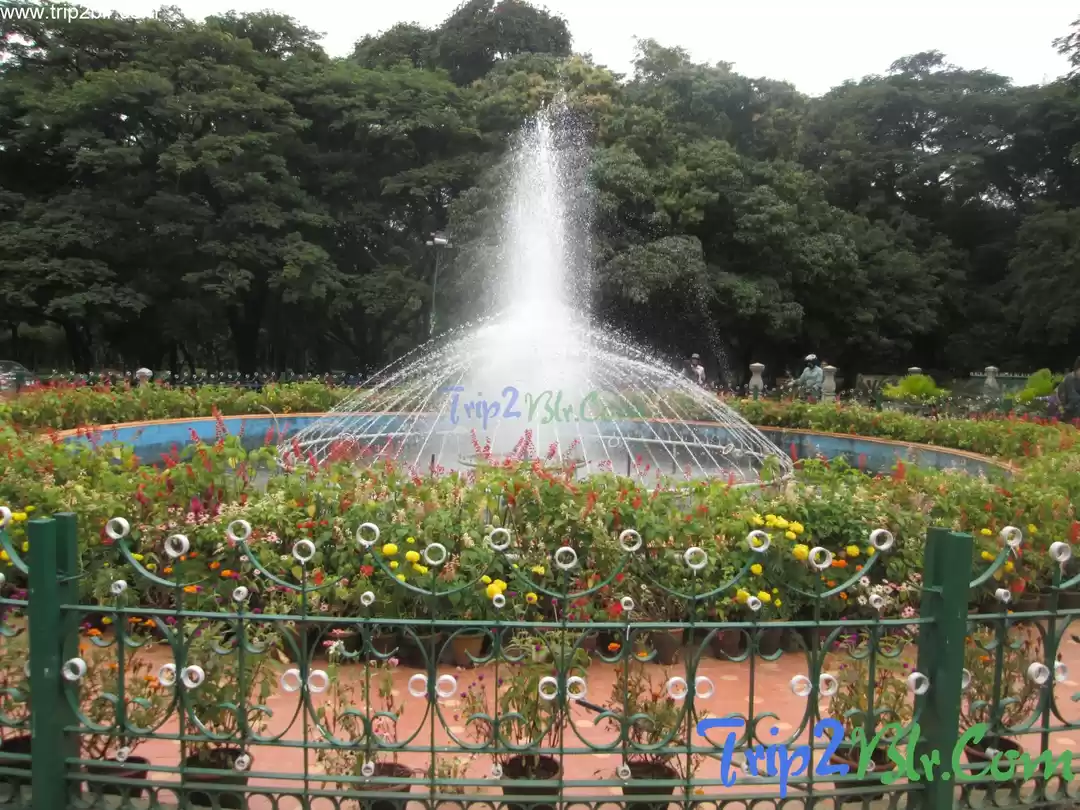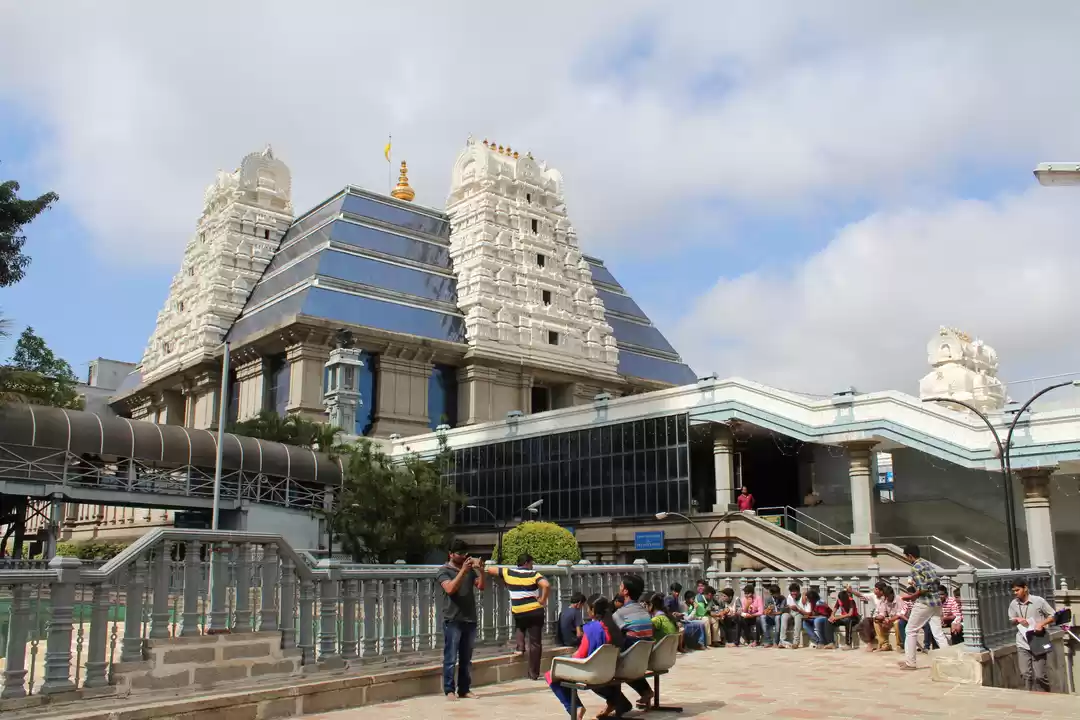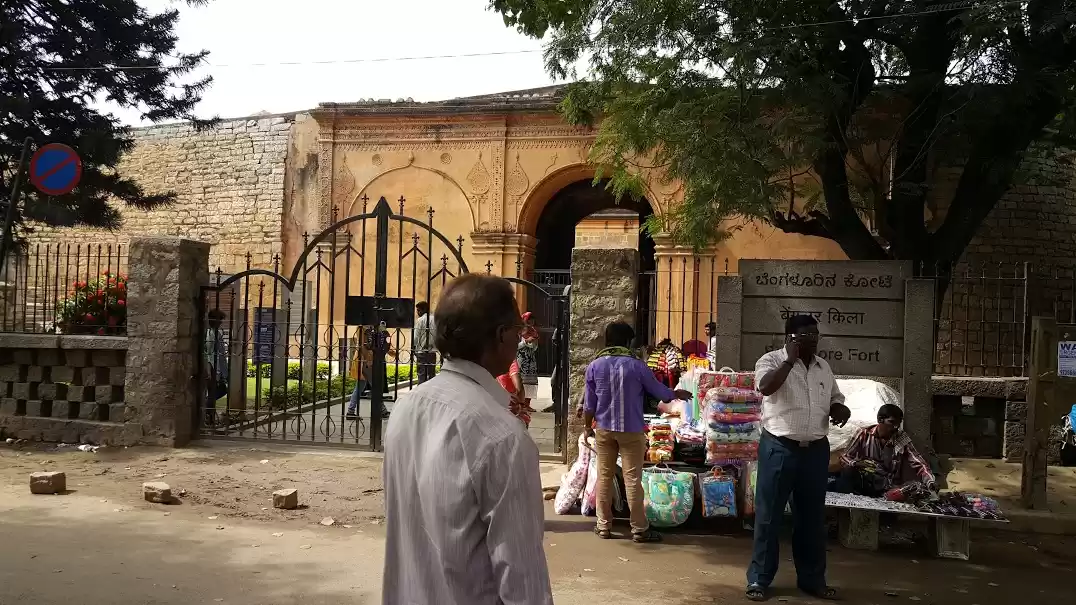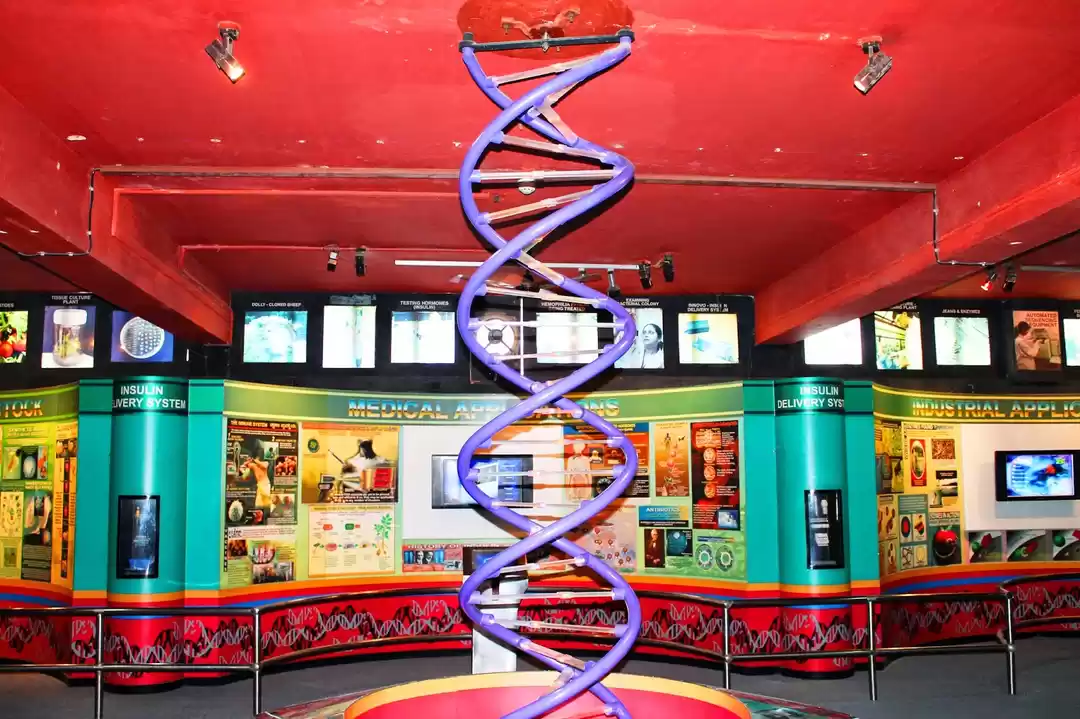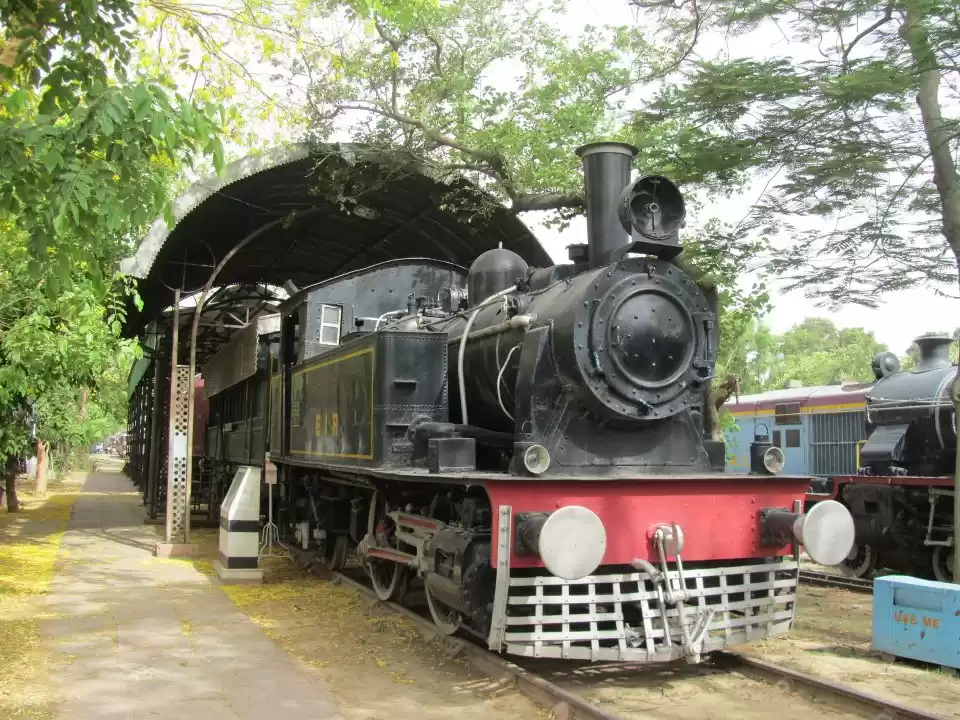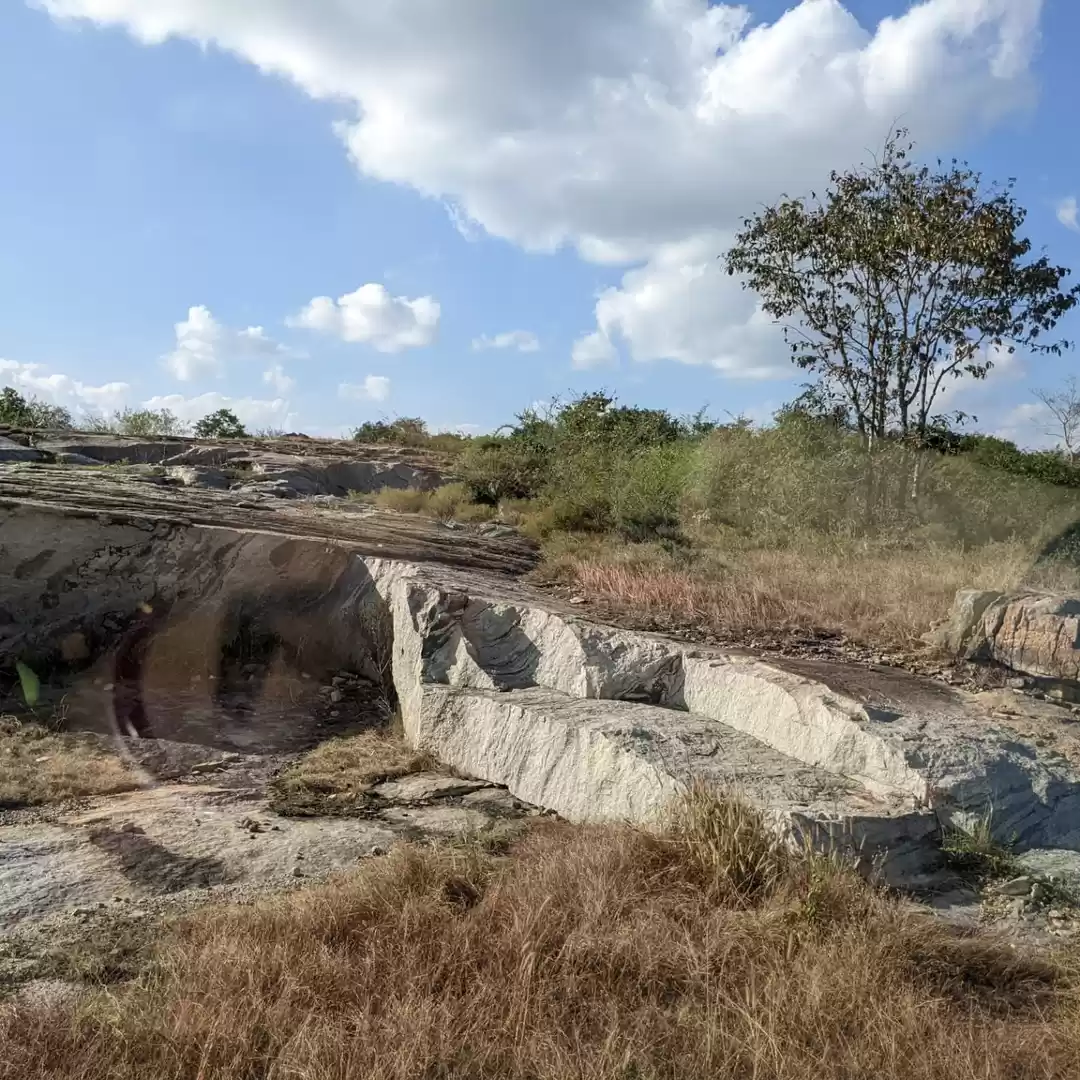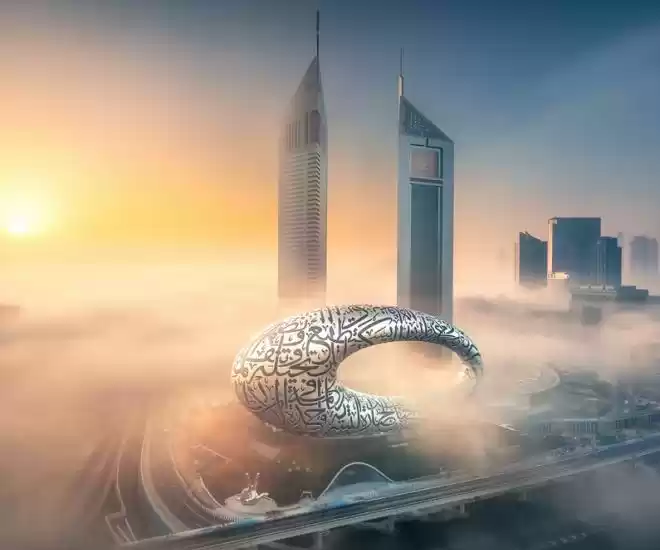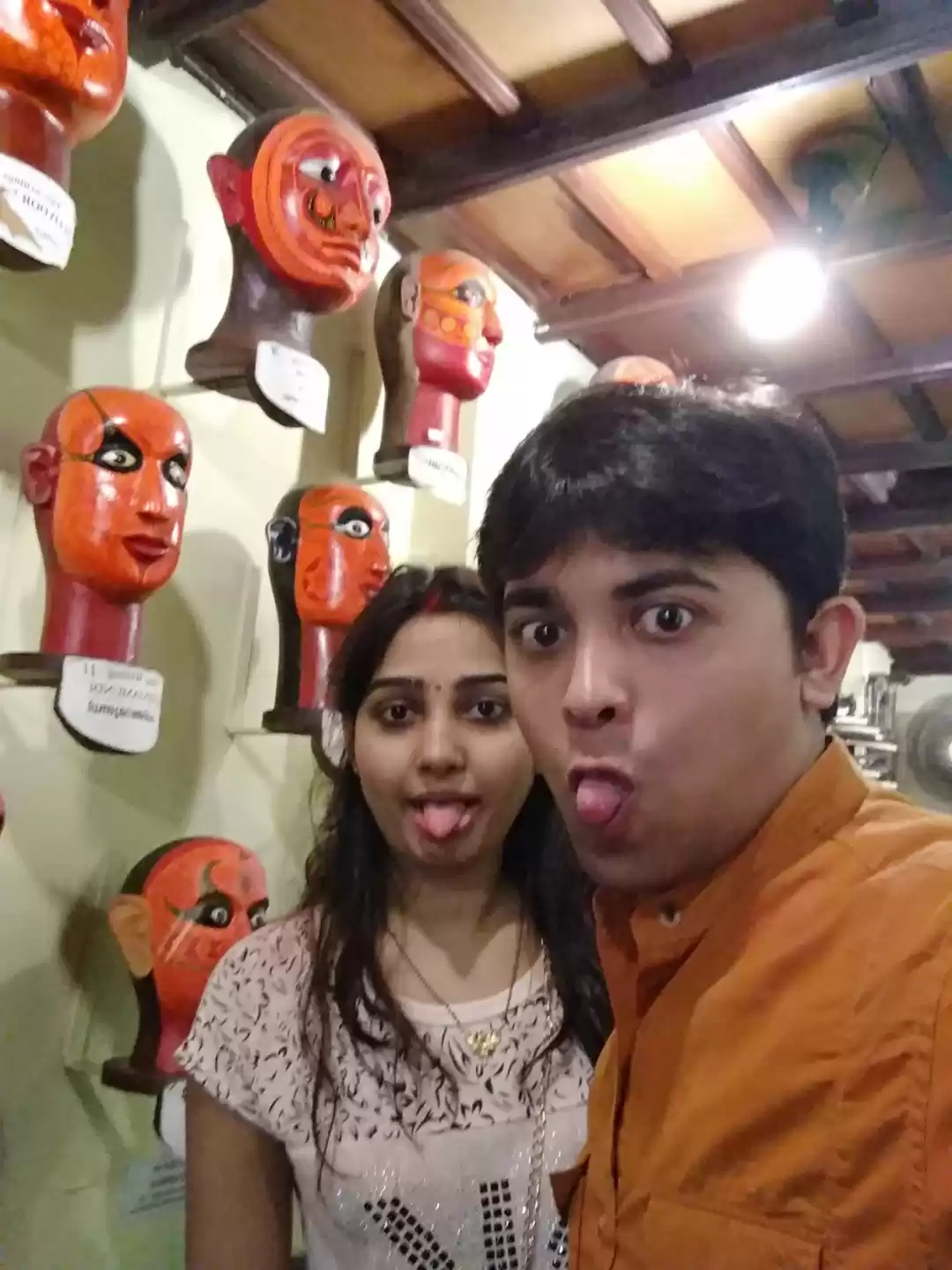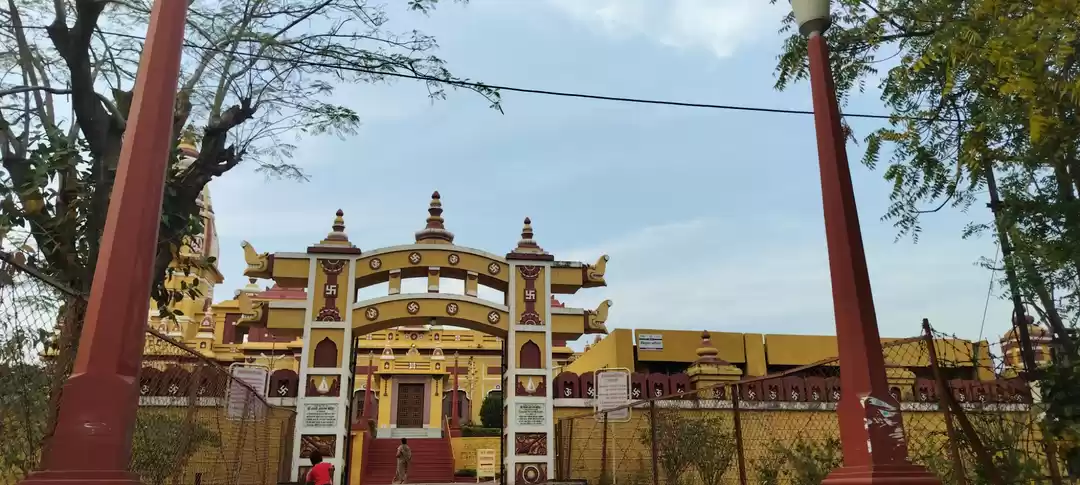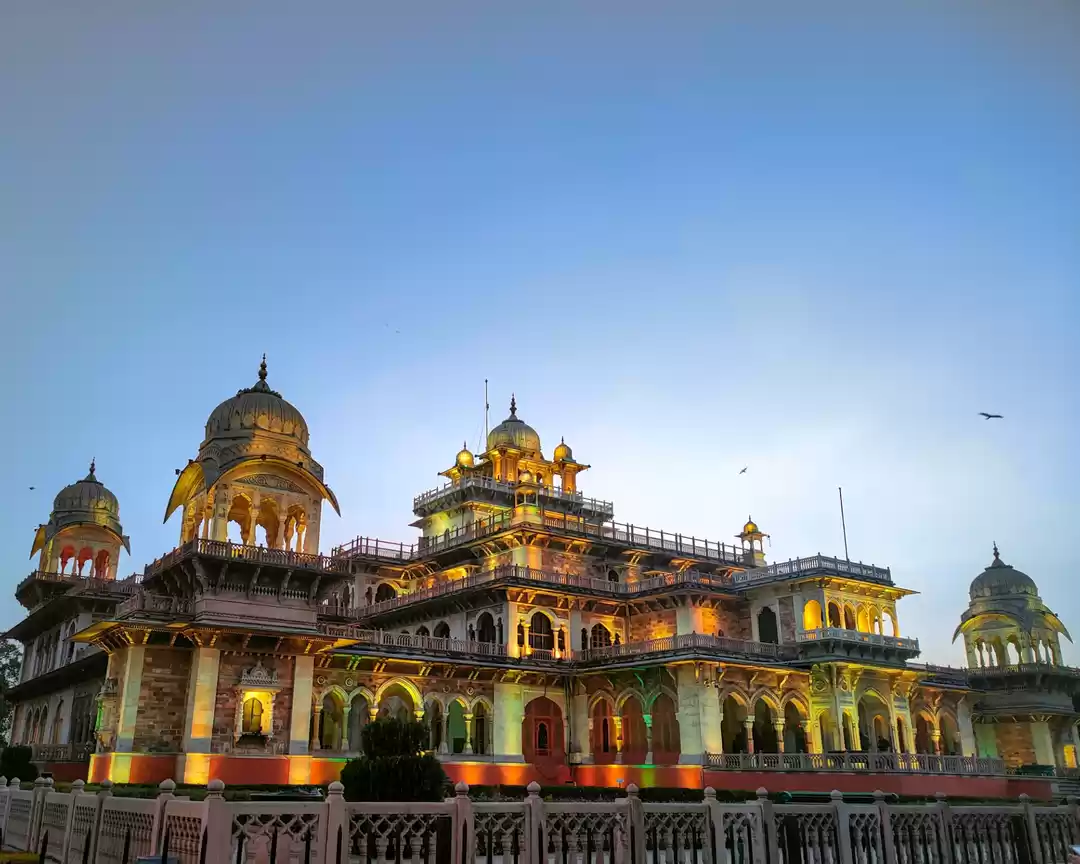Are you fascinated by science and technology? Do you want to explore the wonders of innovation and discovery? If yes, then you should visit the Visvesvaraya Industrial and Technological Museum in Bangalore, Karnataka, India. This museum is a treasure trove of scientific and technological exhibits and activities that will amaze and inspire you. Whether you are a student, a teacher, a researcher, or a curious traveller, you will find something to suit your interests and passions at this museum.
In this article, we will give you a comprehensive guide to the Visvesvaraya Industrial and Technological Museum, covering its history, founder, exhibition halls, special exhibits, activities, events, and practical information for visitors. We will also share some tips and recommendations on how to make the most of your visit to this museum. By the end of this article, you will be ready to plan your trip to this museum and enjoy a memorable and educational experience.
History and Founder of the Museum
The Visvesvaraya Industrial and Technological Museum was established in 1962 as a tribute to the eminent engineer and statesman, Sir M. Visvesvaraya. He was the chief engineer of the Krishna Raja Sagara Dam, the Diwan of Mysore, the recipient of the Bharat Ratna, and the founder of several institutions and industries in India. He was also a visionary who advocated for the development of science and technology in the country.
The museum was inaugurated by the first Prime Minister of India, Pandit Jawaharlal Nehru, on 11 November 1962, which coincided with the 101st birthday of Sir M. Visvesvaraya. The museum is managed by the National Council of Science Museums under the Ministry of Culture, Government of India. The museum aims to promote scientific awareness and curiosity among the public, especially the youth, through interactive and engaging exhibits and activities.
The museum is housed in a spacious and elegant building, designed by the renowned architect, G. Shankar. The building has a circular shape, symbolizing the wheel of science and technology. The building has five floors, each dedicated to a different theme and exhibit. The museum also has a lush and landscaped garden, where visitors can relax and enjoy the natural beauty.
Exhibition Halls and Special Exhibits
The museum has seven permanent exhibition halls, each with a different theme and exhibit. These are:

Engine Hall:
This hall showcases the evolution and development of engines and machines, from the steam engine to the jet engine. Visitors can see and learn about various types of engines, such as internal combustion, diesel, petrol, gas turbine, and rocket engines. Visitors can also operate some of the working models of the engines and machines, such as the Wright Brothers’ Flyer, the Diesel Locomotive, and the Steam Hammer.
Electronics:
This hall displays the history and applications of electronics, from the vacuum tube to the microchip. Visitors can see and learn about various electronic devices and components, such as transistors, diodes, resistors, capacitors, and integrated circuits. Visitors can also experiment with some of the electronic circuits and gadgets, such as the Morse Code, the Logic Gates, and the Binary Calculator.
Fun Science:
This hall demonstrates the basic principles and phenomena of science, such as mechanics, optics, sound, heat, and electricity. Visitors can see and learn about various scientific concepts and laws, such as gravity, inertia, reflection, refraction, resonance, and induction. Visitors can also interact with some of the fun and amusing exhibits, such as the Musical Pipes, the Kaleidoscope, the Magic Mirror, and the Plasma Globe.

Space Technology:
This hall exhibits the achievements and challenges of space exploration, from the launch of the first satellite to the landing of the first human on the moon. Visitors can see and learn about various aspects of space technology, such as rockets, satellites, orbits, missions, and astronauts. Visitors can also experience some of the simulations and models of space technology, such as the Rocket Launch, the Satellite Tracking, and the Space Capsule.
Biotechnology:
This hall introduces the basics and applications of biotechnology, from the structure of the DNA to the cloning of the sheep. Visitors can see and learn about various topics and techniques of biotechnology, such as genetics, molecular biology, immunology, and bioinformatics. Visitors can also observe and participate in some of the experiments and activities of biotechnology, such as the DNA Extraction, the Gel Electrophoresis, and the PCR Amplification.

Science for Children:
This hall is specially designed for children, to stimulate their curiosity and creativity in science. Visitors can see and learn about various topics and themes of science, such as animals, plants, weather, seasons, and colors. Visitors can also play and explore with some of the exhibits and games of science, such as the Animal Sounds, the Plant Growth, the Weather Station, and the Color Mixing.
Electro Technic:
This hall illustrates the generation and transmission of electricity, from the dynamo to the power grid. Visitors can see and learn about various sources and forms of electricity, such as hydro, thermal, solar, and wind power. Visitors can also witness and feel some of the effects and phenomena of electricity, such as the Tesla Coil, the Van de Graaff Generator, and the Jacob’s Ladder.
The museum also has two special exhibits, namely Science on a Sphere and Dinosaur Enclave. These are:

Science on a Sphere: This exhibit is a unique and innovative display of the earth and other planets, using a large spherical screen and four projectors. Visitors can see and learn about various features and phenomena of the earth and other planets, such as continents, oceans, climate, weather, volcanoes, earthquakes, and auroras. Visitors can also choose from different themes and modes of the display, such as day and night, seasons, and natural disasters.
Dinosaur Enclave: This exhibit is a realistic and impressive recreation of the prehistoric world of dinosaurs, using life-size models and animatronics. Visitors can see and learn about various types and species of dinosaurs, such as Tyrannosaurus Rex, Triceratops, Stegosaurus, and Spinosaurus. Visitors can also hear and feel the sounds and movements of the dinosaurs, such as roars, growls, and stomps.
Activities and Events at the Museum
The museum offers various activities and events that the visitors can enjoy and participate in, such as:

Taramandal Show:
This is a portable planetarium show, where visitors can see and learn about the stars, constellations, and planets in the night sky. The show is conducted in a dome-shaped tent, where visitors can sit and watch the projection of the sky on the ceiling. The show is narrated by a guide, who explains the names, stories, and significance of the celestial objects.
Science Demonstration Show:
This is a live demonstration show, where visitors can see and learn about various experiments and demonstrations of science, such as chemistry, physics, and biology. The show is conducted in a hall, where visitors can sit and watch the performance of the experiments and demonstrations by a presenter. The show is interactive and engaging, where visitors can ask questions and give feedback.
Sky Observation Programme:
This is a telescope observation programme, where visitors can see and learn about the moon, planets, and stars in the night sky. The programme is conducted in the garden, where visitors can use the telescopes and binoculars provided by the museum. The programme is assisted by a guide, who helps the visitors to locate and identify the celestial objects.

Popular Science Lecture:
This is a lecture series, where visitors can see and learn about various topics and issues of science and technology, such as environment, health, energy, and innovation. The lecture is delivered by an expert or a guest speaker, who shares their knowledge and insights on the topic. The lecture is informative and enlightening, where visitors can listen and learn from the speaker.
Commemorative Programmes:
These are special programmes, where visitors can see and learn about various milestones and achievements of science and technology, such as the Wright Brothers’ Aeroplane, the Mars Rover Opportunity, the Seeds of Culture, and the Cauvery Gallery. These programmes are organized on specific dates and occasions, such as the anniversary of the invention, the launch of the mission, or the celebration of the culture. These programmes are celebratory and inspirational, where visitors can appreciate and admire the accomplishments of science and technology.
Upcoming Events:
These are upcoming events, where visitors can see and learn about various new and exciting aspects of science and technology, such as the SISF 2024 and the Republic Day Celebration. These events are planned and announced in advance, so that visitors can register and book their tickets. These events are festive and fun, where visitors can enjoy and experience the latest and greatest of science and technology.
Practical Information for Visitors
The museum provides various practical information for visitors, such as:
Location: The museum is located at Kasturba Road, Bangalore, Karnataka, India. The museum is situated in the heart of the city, close to other attractions, such as Cubbon Park, Vidhana Soudha, and MG Road.
Area and Design: The museum covers an area of about 4,000 square meters, with five floors and a garden. The museum has a circular shape, symbolizing the wheel of science and technology. The museum has a spacious and elegant design, with natural light and ventilation.
Entry Fees: The museum charges a nominal entry fee of Rs. 50 per person for general visitors, and Rs. 25 per person for students and children. The museum also offers discounts and concessions for groups, senior citizens, and differently abled persons. The museum accepts cash and card payments at the ticket counter.
Time Required: The museum requires about 2 to 3 hours to explore and enjoy all the exhibits and activities. The museum also has a cafeteria and a souvenir shop, where visitors can take a break and buy some snacks and memorabilia.
How to Reach: The museum is easily accessible by different modes of transport, such as bus, metro, taxi, and air. The nearest bus stop is Kasturba Road Bus Stop, which is just a few meters away from the museum. The nearest metro station is Cubbon Park Metro Station, which is about 1 km away from the museum. The nearest airport is Kempegowda International Airport, which is about 35 km away from the museum. Visitors can also hire a taxi or a cab from any part of the city to reach the museum.
The Visvesvaraya Industrial and Technological Museum is a must-visit destination for science enthusiasts and travellers in Bangalore. The museum offers a variety of exhibits and activities that cater to different ages, interests, and levels of knowledge. The museum is also a great place to learn about the history and founder of the museum, Sir M. Visvesvaraya, and his legacy and impact on science and technology in India.
If you are planning to visit the museum, we recommend you to book your tickets in advance, especially for the special exhibits and events. You can also check the museum’s website and social media pages for the latest updates and announcements. You can also contact the museum’s staff and volunteers for any queries or assistance.
We hope this article has given you a comprehensive guide to the Visvesvaraya Industrial and Technological Museum. We also hope that you have enjoyed reading this article and learned something new and interesting. If you have any questions or feedback, please let us know in the comments section below. We would love to hear from you.
Thank you for reading this article and happy travelling!











